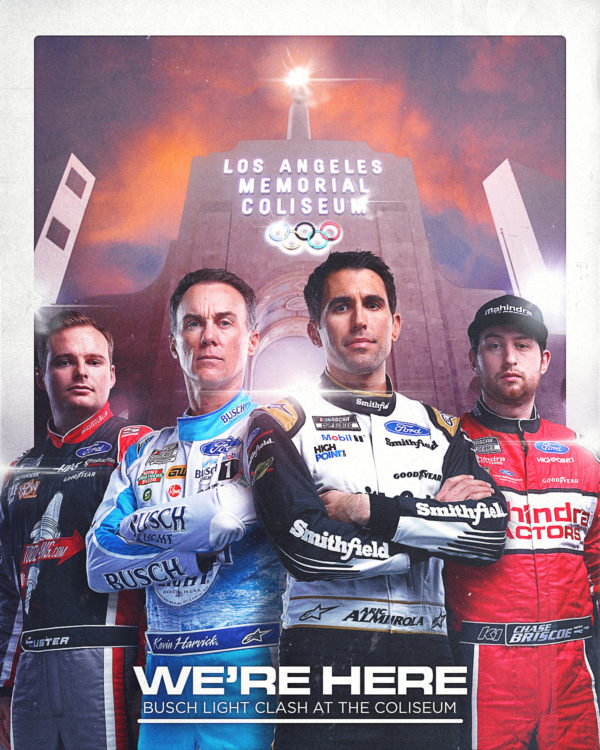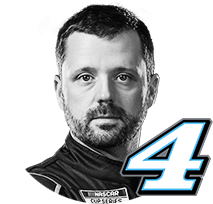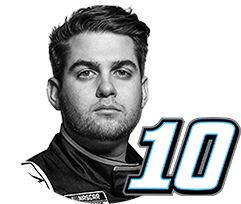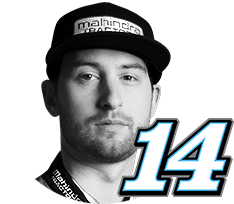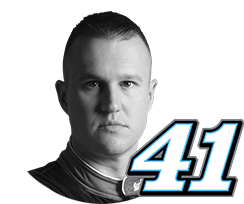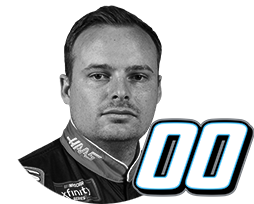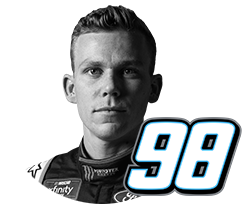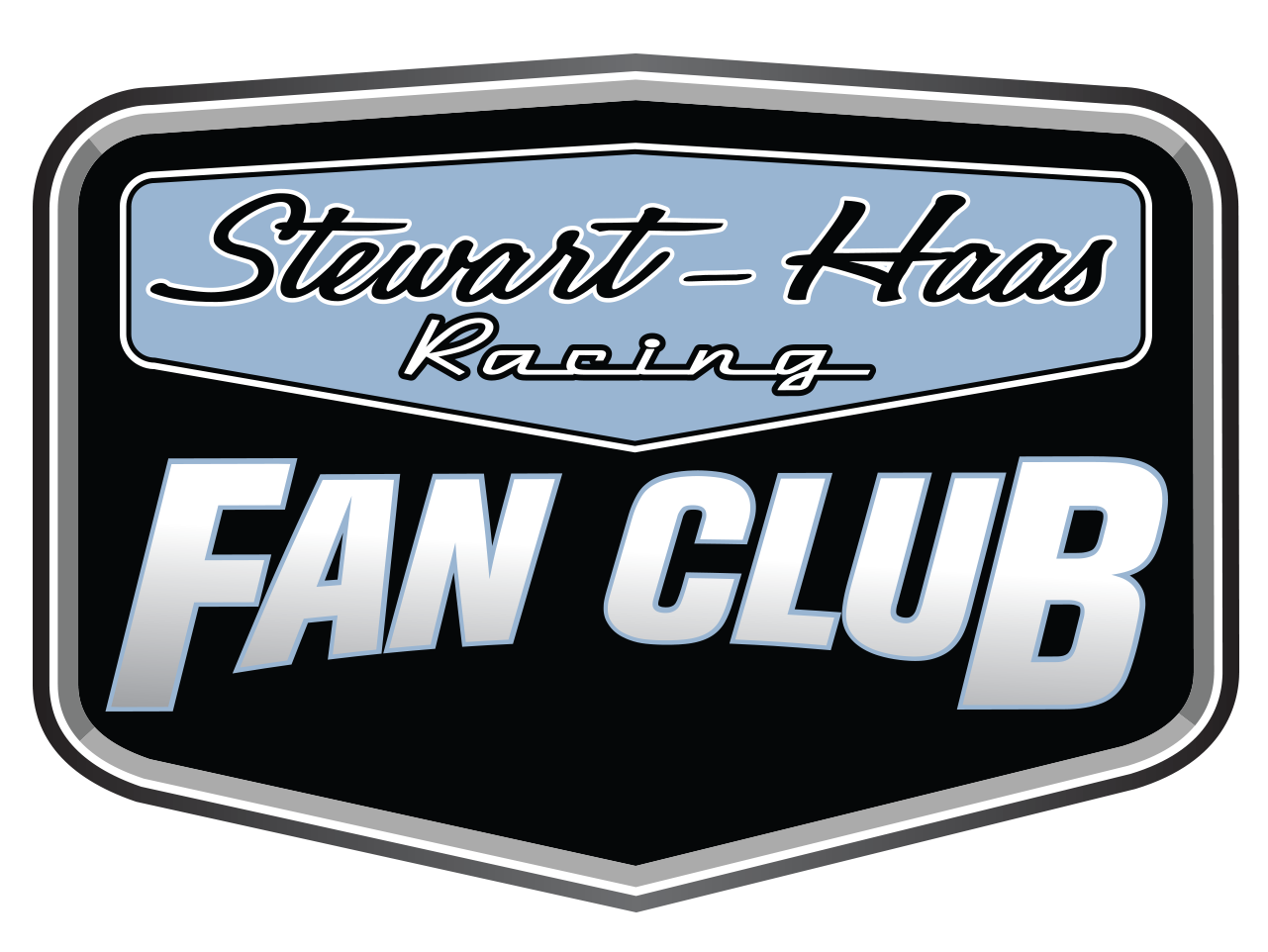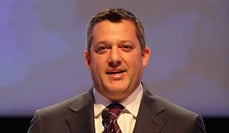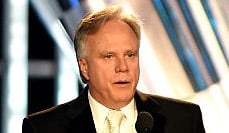“In the Know”
THE CLASH AT THE COLISEUM
The 2022 season kicks off in a new location, on a new track, with a new car. All four SHR Cup teams head to LA for the Busch Light Clash where we’ll battle on a purpose-built, quarter-mile, asphalt oval inside the Los Angeles Memorial Coliseum.
Tune in to the broadcast and prepare to be entertained! The Boss, Tony Stewart, will join Mike Joy and Clint Bowyer in the booth for FOX on Sunday, February 6, adding more star power to the event in Los Angeles. Don’t miss a minute of the coverage.
The Details
NASCAR Cup Series Overview
● Event: Busch Light Clash at the Coliseum
● Time/Date: 3 p.m. EST on Sunday, Feb. 6
● Location: Los Angeles Memorial Coliseum
● Layout: Quarter-mile oval
● Format: 150-lap Feature with a 23-car field set by Heats and Last Chance Qualifier (LCQ)
● TV/Radio: FOX / MRN / SiriusXM NASCAR Radio
● Note: Heats and LCQ are broadcast live from 3-5 p.m. EST. Feature airs live at 6 p.m. EST.
The FORMAT
In true L.A. fashion, almost any NASCAR Cup Series team can show up at the Coliseum, but not everyone is getting past the velvet ropes to participate in the 150-lap main event. Because the track at the L.A. Coliseum is only a quarter-mile in length – the shortest track the NASCAR Cup Series will compete on in 2022 – only 23 cars can compete in the feature. Getting to the main event is much more arduous than walking the red carpet and slipping the bouncer a $100 bill. Here’s how it will work:
- After Saturday’s practice and the initial single-car qualifying session, drivers will be placed into heat races based on their best-posted qualifying speed. Every car entered into the Clash automatically advances to one of the heat races, giving them a chance to move on to the main event.
- On Sunday, drivers compete in one of four 25-lap heat races with up to 10 cars in each race. The fields will be filled out in a manner consistent with their initial qualifying speed. Fastest will start on pole in the first heat race, second-fastest starts on pole in the second heat race, and so on (one, five, nine, etc., line up in Heat 1).
- The top four finishers in each heat race will automatically advance to the main event, totaling 16 drivers with a ticket to Sunday’s feature. Drivers who do not advance from their qualifying race will be placed into one of two 50-lap Last Chance Qualifier (LCQ) races. The top three from each LCQ advance to the Sunday feature.
- The final spot in the 23-man main event is reserved for the driver who finished the highest in the 2021 points standings who does not transfer on finishing position in the heat races or LCQ.
OUR WEEKLY WRAPS
We’ll be heading to LA in style. Check out our fresh wraps for The Busch Light Clash at The Coliseum.
What Our Drivers are Saying:
Kevin Harvick, Driver of the No. 4 Busch Light Ford Mustang for Stewart-Haas Racing:
What are your expectations for the Busch Light Clash?
“It’s going to be a lot of quick throttle, heavy brake, and the speeds are going to be so much slower compared to what we’re used to that you’re going to have to just wing that part of it.”
Aric Almirola, Driver of the No. 10 Smithfield Ford Mustang for Stewart-Haas Racing:
Are you excited about racing inside of the Coliseum?
“Having the Busch Light Clash at the Coliseum is such a unique opportunity for our sport. All of the history this venue has is one thing, but it’s another to make history debuting the NextGen car at the same time. No one really knows what to anticipate during the race, but it’s definitely going to put on a show for the fans in attendance and those fans at home watching. The one really cool thing is that I’ll be able to tell my kids and grandkids that I raced inside the Coliseum. My son got really excited when I showed him pictures. He said ‘Dad that’s where the Cars movie was filmed,’ so that was funny.”
Chase Briscoe, Driver of the No. 14 Mahindra Tractors Ford Mustang for Stewart-Haas Racing:
What was the biggest thing you learned during your rookie year in the Cup Series?
“The biggest thing I learned my rookie year was that it takes a lot of things in the Cup Series to have a good result. At the end of the day, every little detail matters, whether it’s getting off and on pit road under green, having a good pit stop, and every pit stop with no penalties, and good restarts. It literally takes every single thing to even be in the hunt at the end of the day. There are days where you can do everything perfect and you’re still not in the hunt, so just trying to capitalize on those days where you have a good car and good speed and not make mistakes. Last year, I made a lot of mistakes, whether it was penalties or just not maximizing pit road and things like that. So, I’m going to try improve on that this year and learn from those things and be able to capitalize when we do have a good car.”
Cole Custer, Driver of the No. 41 HaasTooling.com Ford Mustang for Stewart-Haas Racing:
What is it going to be like for a driver to be in that Coliseum environment, and how do your prepare for that?
“Nobody really knows what to expect with this being the first race with the new car and also a track we’ve never run before. Like I said, with how small the track is, there’s going to be a lot of beating and banging and it’s probably going to be the craziest race of the year. You get on a simulator to figure out little things – just getting prepared, getting the visuals right for the racetrack, getting a little bit of a feel for it. But really, it’s going to be a lot of adapting. You’re going to go out there for the first lap of practice and you’re going to try and soak it up and adapt as fast as you can.”
Of Special Interest: THE NEXT GEN
The NextGen car is an entirely new racecar, and if you’re keeping score at home, it’s the seventh version of the stock car NASCAR introduced in 1949. Each version has been an improvement from its predecessor, be it from a manufacturer standpoint with more aerodynamic bodies or from a NASCAR standpoint with better overall safety. Dimensions have varied over the years with drivers, teams and manufacturers politicking for various changes to spoilers, splitters, roof railings, ride-heights, etc., resulting in a multitude of templates that have shaped the on-track product. But the NextGen car is a massive leap forward, as never in NASCAR’s 73 prior years has this much time, energy and money been spent to bring a car from concept to reality. Say goodbye to such time-honored traditions as the H-pattern shifter, 750-horsepower engines, five-lug wheels and even centered door numbers. You can say “Hi” to them at the NASCAR Hall of Fame, but not at a NASCAR Cup Series track. Instead, say hello to a sequential shifter, 670-horsepower engines, a single center-lock wheel nut akin to Indy cars and sports cars, and car numbers just behind the front wheels. But that’s not all. Introduce yourself to carbon fiber-reinforced plastic body panels, a carbon-fiber floor that covers the entire underneath portion of the car, and a rear-end diffuser – all of which are in place to reduce dirty air. And it’s more than skin deep, as rack-and-pinion steering replaces the archaic recirculating ball, and an independent rear suspension is a drastic upgrade from the full floating axle first championed by 1950s-era Detroit iron. The bottom line is that the NextGen car is much more in line with what manufacturers sell and consumers want. Win on Sunday, sell on Monday has never been more accurate.
Check out some of SHR’s first with the Next Gen on YouTube:

